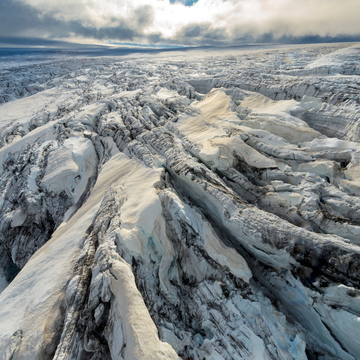UNESCO has approved Iceland’s application to include the newly-expanded Vatnajökull National Park as a World Heritage Site. Vatnajökull National park will become Iceland’s third UNESCO World Heritage Site, and the first that receives the accolade for its unique nature. It joins Þingvellir National Park, a cultural site, and Surtsey island, a unique geographical/ geological wonder.
This iconic volcanic region covers an area of over 1,400,000 ha, nearly 14% of Iceland’s territory. It numbers ten central volcanoes, eight of which are sub-glacial. Two of these are among the most active in Iceland. The interaction between volcanoes and the rifts that underlie the Vatnajökull ice cap takes many forms, the most spectacular of which is the jökulhlaup – a sudden flood caused by the breach of the margin of a glacier during an eruption. This recurrent phenomenon has led to the emergence of unique sandur plains, river systems and rapidly evolving canyons. Volcanic areas are also home to endemic groundwater fauna that has survived the Ice Age.
























